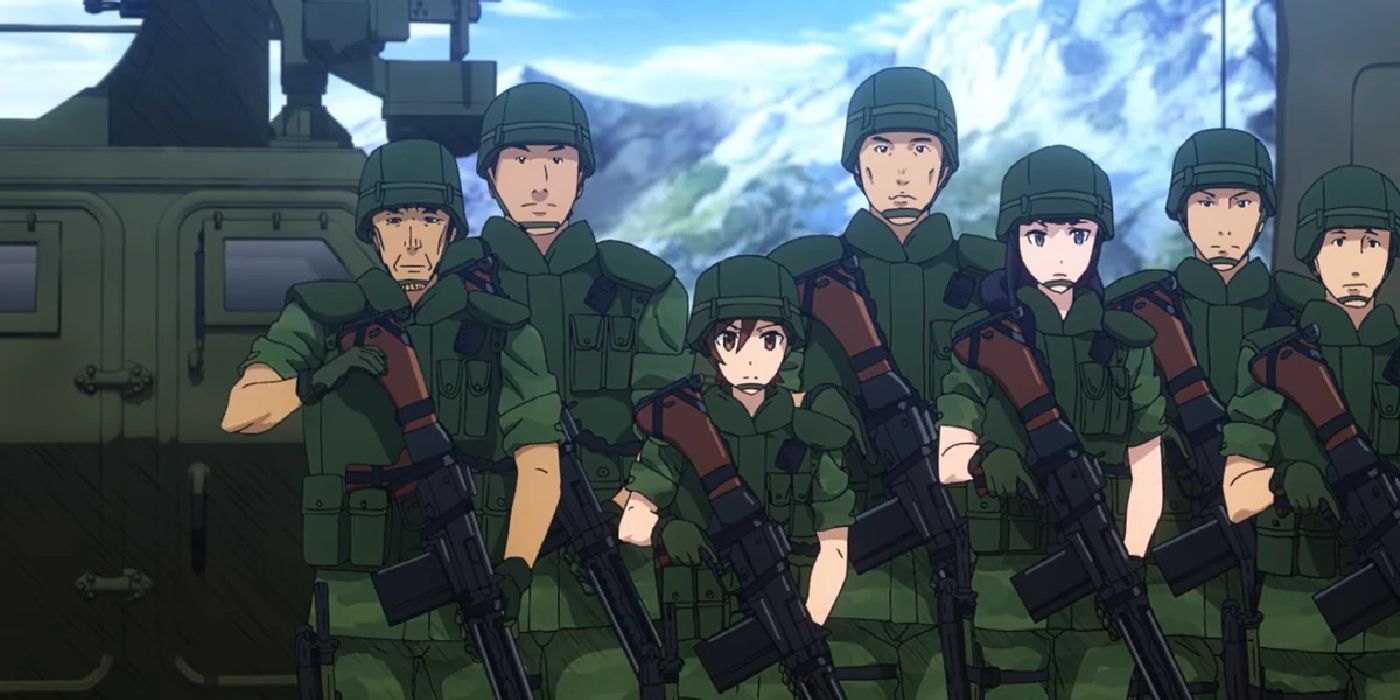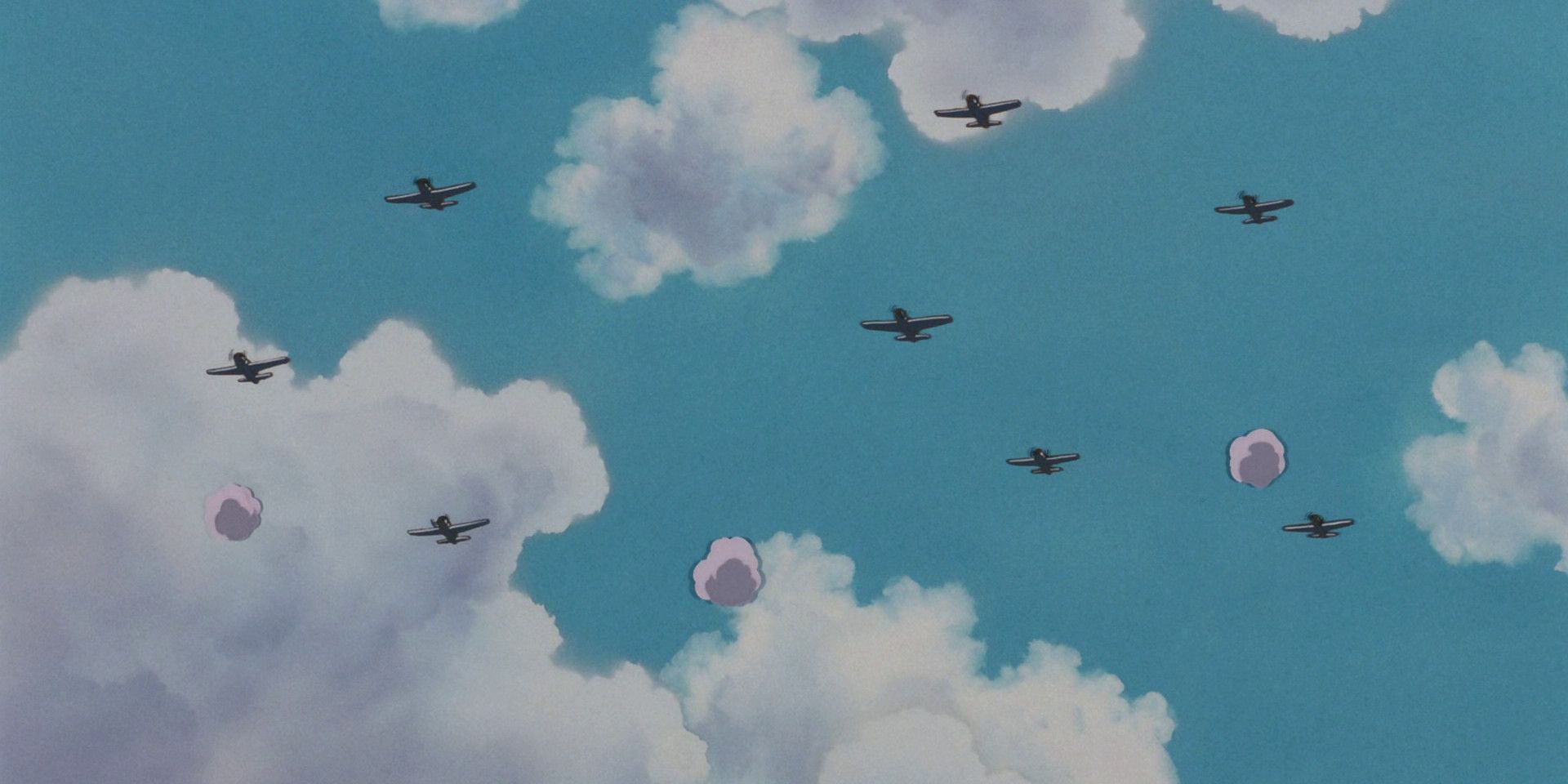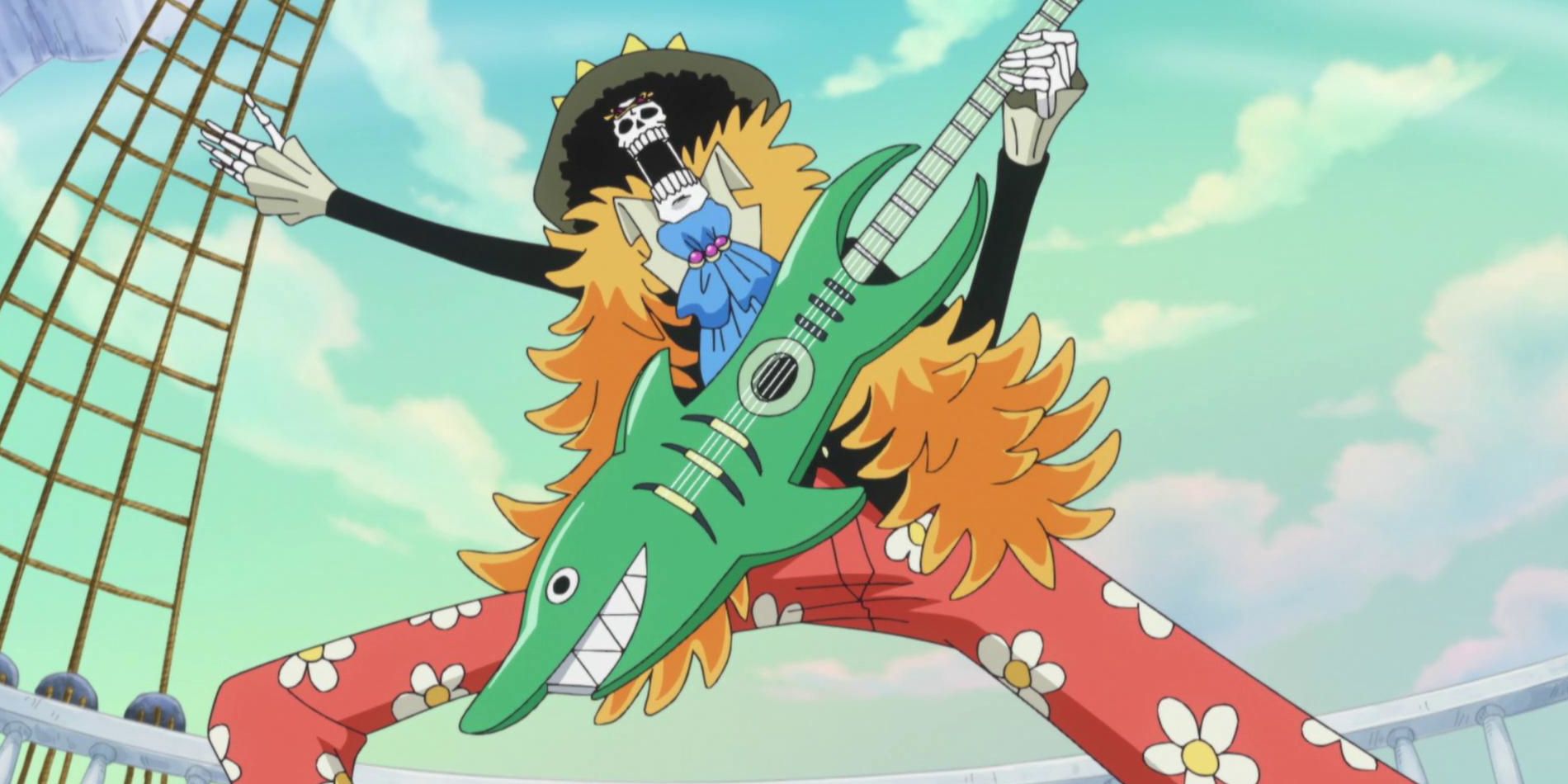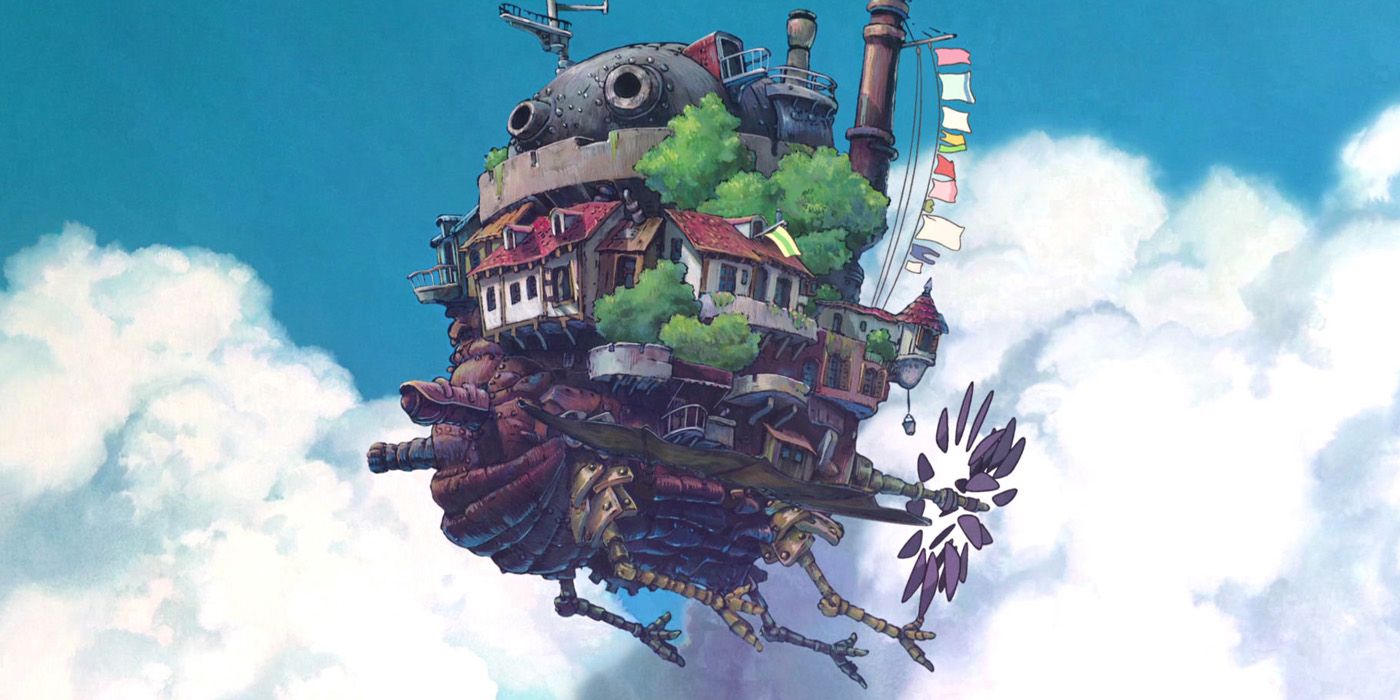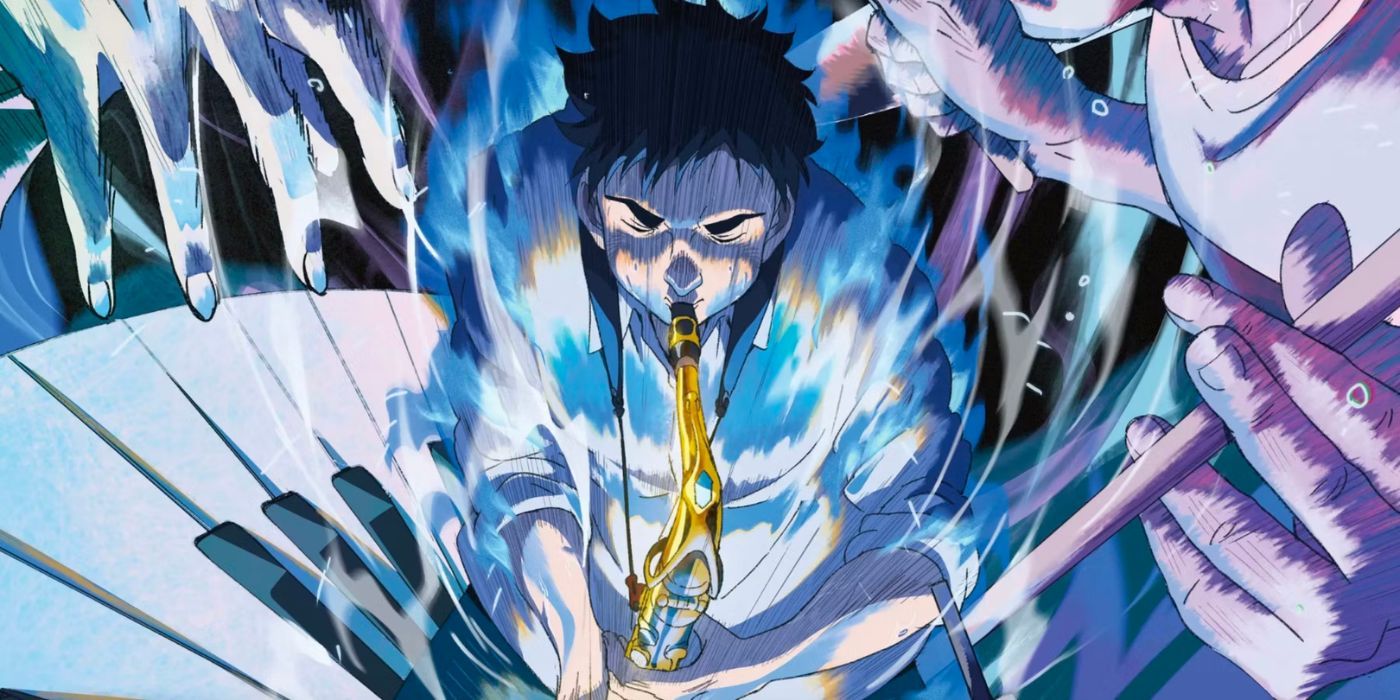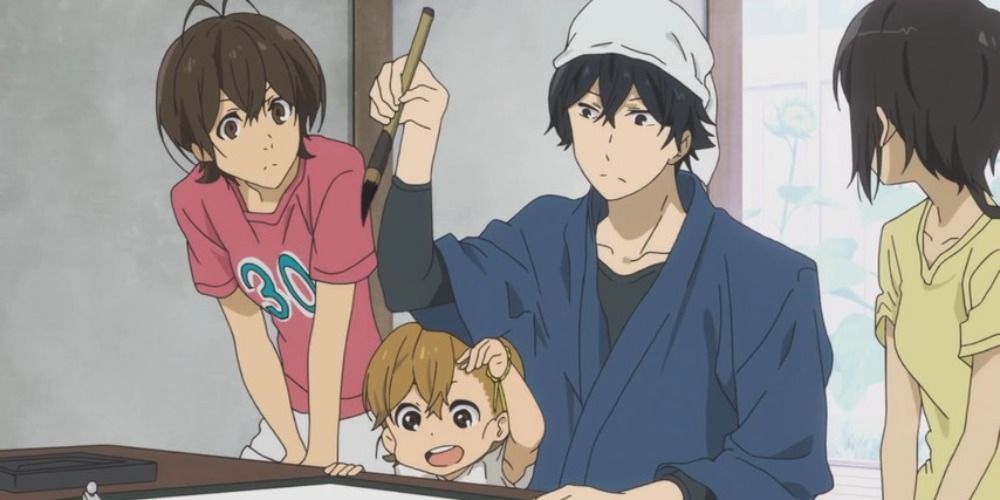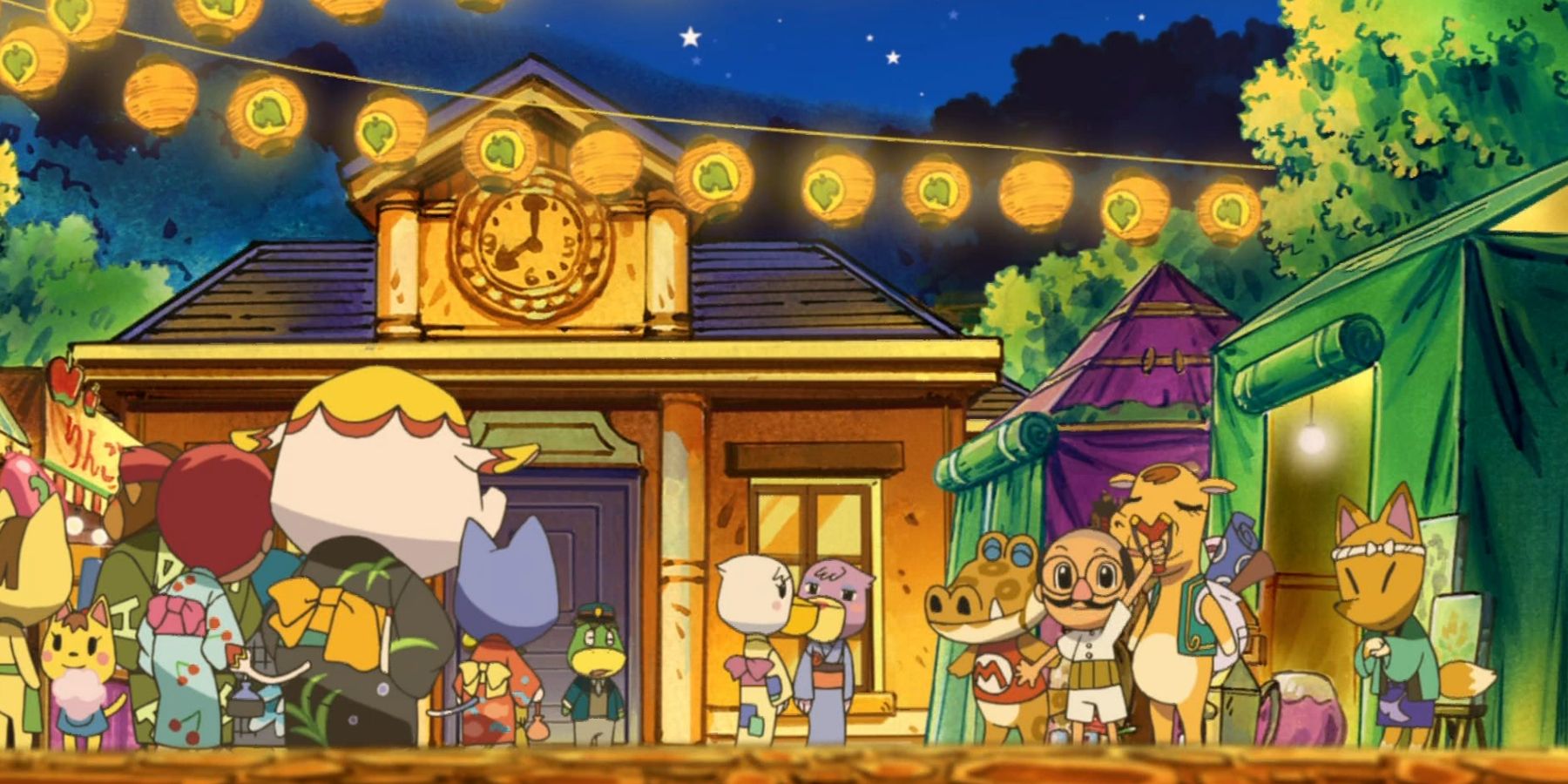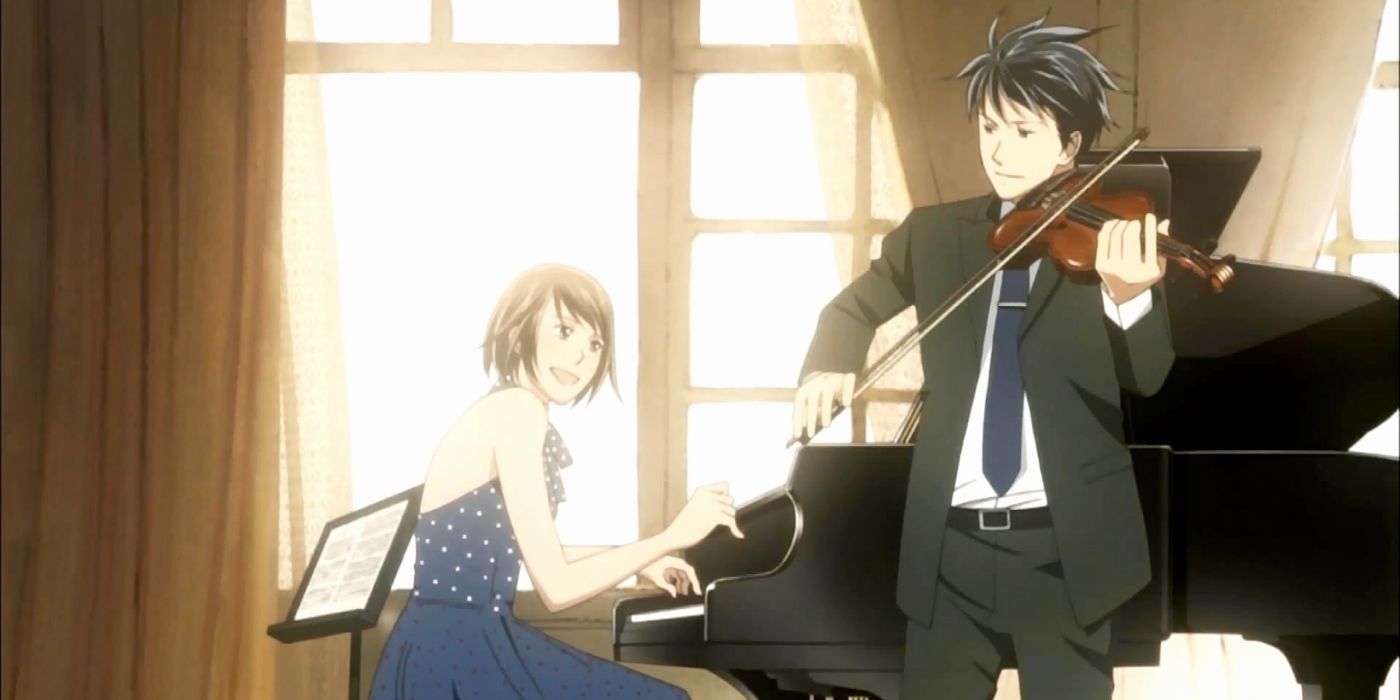Why Anime Music Plays Such an Important Role in Japanese Culture
Summary
- Japanese education values music and other art mediums, contributing to the cultural richness of the country.
- Music found in anime, in particular, uniquely combines traditional Japanese and Western influences.
- The arts in Japan foster creativity and talent, promising a bright future for anime music.
The music found in anime has become a staple in the community, and at its best, becomes just as iconic as the series the tracks were written for. However, because of anime’s popularity around the globe, music as an artistic medium, and its impact on Japanese culture is often overlooked. Since the late 19th century, American music education has heavily influenced Japanese music education. Thus, Japanese music is often inspired by Westernized music. Nevertheless, anime music has become its own unique genre. Japanese filmmakers and artists strive to combine their history from the past century with modern or “Westernized” music.
Japan is one of the most artistic countries in the world, as the arts are deeply integrated into the culture. The first anime created dates back to the beginning of the 20th century, titled Namakura Gatana (The Dull Sword) from 1917 which was directed by Junichi Kouchi. Since then, Japanese storytellers have created thousands of anime, all unique in art style, moral message, age rating, and genre.
Japan’s appreciation for music stems from its education system, which highlights the importance of music education better than any other country. As a result, the cultivation of the arts, including anime and music, is highly prioritized. The combination of Japan’s two most potent entertainment mediums is why anime music is essential to Japanese culture.
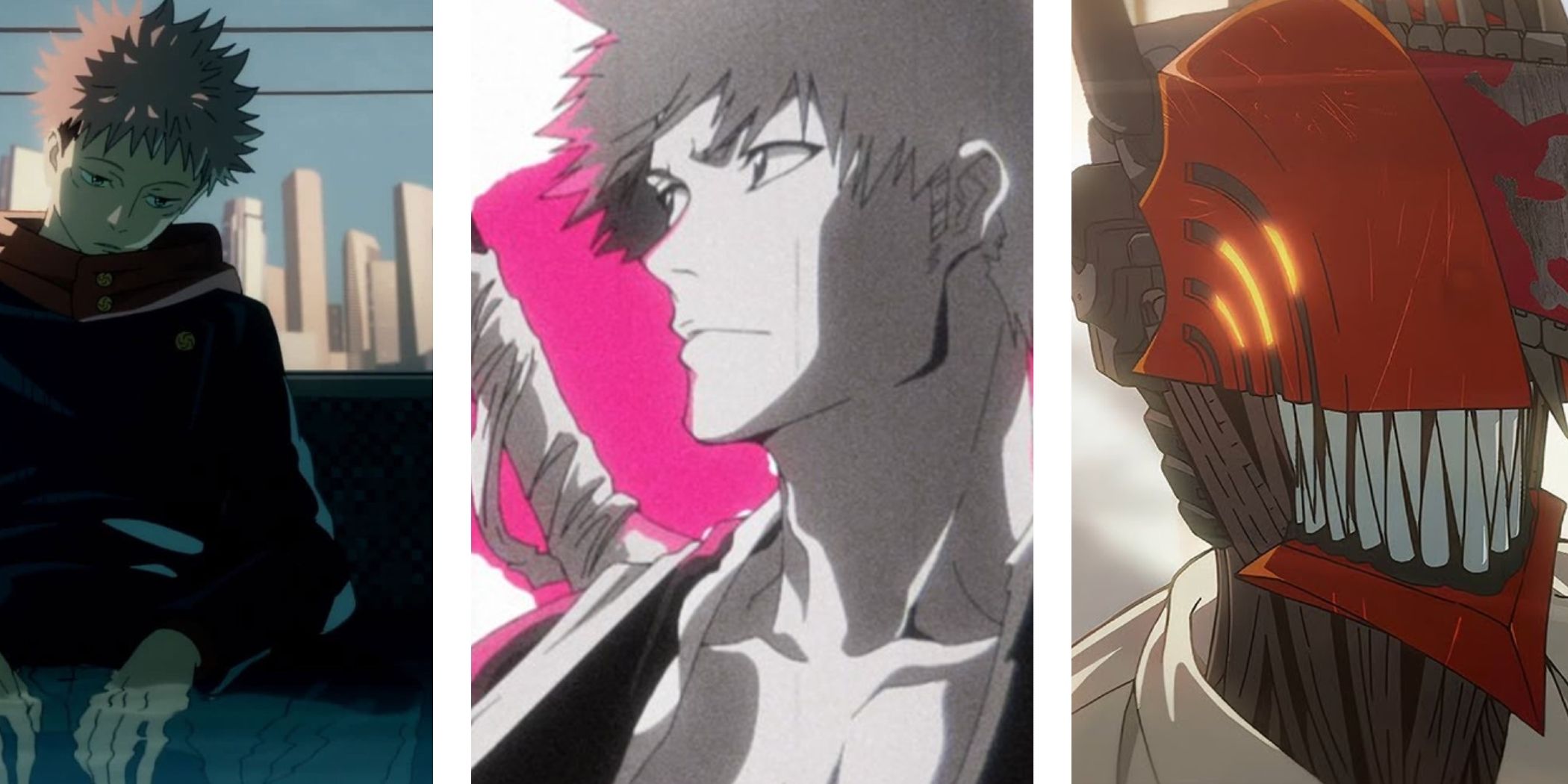
10 Best Anime Music Artists
Anime music artists who’ve had the most popular openings and endings, and found the most success in the anime industry.
The Militaristic History of Japanese Music
Music was initially used by the government to influence the public.
Ushering in the Taisho Period, music education in Japan continued to evolve as it expanded with the creative movement. Still, the underlying political influence remained, re-branded as “character building”, a concept that would become highly prevalent in the following era. During World War II, schools incorporated certain “homework songs” into the curriculum. The main objective of these songs was to implant the thought of ultranationalism and militarism in children’s minds.
One example of musical abilities applied in military settings was the ability to distinguish the roar of planes at the battlefront and the sounds of machines in armament factories utilizing perfect pitch. Due to the government’s total control of the subject, music education influenced Japanese schools more than ever. Since the Taisho period, when the government emphasized militaristic beliefs, Japanese music education has evolved significantly because of American educational influences.
Immediately following World War II, music education in Japan entered its final phases. The philosophy and methodology behind music education underwent a complete transformation, thanks to Luther Whiting Mason, who was recruited by the Japanese Emperor. The Emperor wanted to bring American educational techniques to Japan. Thus, in 1945, the first Tentative Course of Study was released, which stated that the main objective of music education was to cultivate aesthetic sentiments and fertile human minds by appreciating the beauty of music. This course of study was inspired by American principles of education.
What Sets Anime Music Apart from Other Genres
Music is the secret behind anime’s popularity.
Anime has become extremely popular around the world. A common misconception is that anime is a genre and all the stories are identical. However, this is far from the truth. Anime is a medium of storytelling, not a genre. Like American entertainment, the stories range from romance to drama to comedy. Anime has inspired artists worldwide for decades. Director Hayao Miyazaki, founder of Studio Ghibli, an award-winning Japanese animation studio, inspired some of Disney’s most popular movies, including Atlantis: The Lost Empire, Wall-E, and Up.
Another example of anime’s popularity is the success of the American adaptations. For example, due to its rise in popularity following Netflix’s live-action remake, One Piece is now the best-selling piece of literature written by a single person of all time, outselling the Batman comics and J.K. Rowling’s Harry Potter. While the stories anime covers are wide-ranging and engaging, the music behind the plot brings them to life.
Japanese anime may consist of various musical genres, including sacred classical music, Western classical music, jazz, hip-hop, and J-pop. However, anime music is unlike any other genre. In contrast to Westernized animated films such as Disney or Pixar, Japanese anime scores and music do not highlight the characters’ movements but rather the contextual emotions.Anime theme songs play a pivotal role in their series. Opening and closing themes, often combined with a video montage, explain the series’s premise and will sometimes offer clues to events.
Examples of Core Themes in Anime Songs
While it combines Japanese and American qualities, anime music’s storytelling mechanic makes it truly unique.
One example of foreshadowing in anime music is One Piece’s most iconic theme song, Kokoro No Chizu. The lyrics of this song state: “There’s nothing we can’t do when we fight as one,” and “I just know that we will come out standing strong, and we all will be left in one piece.” The song’s lyrics emphasize standing together as one. However, during the Water 7 Arc in One Piece, both Usopp and Robin abandon the crew for a short time before ultimately returning to fight as one against the Navy.
In addition to opening themes, Japanese film scores are crafted to exemplify core themes. Joe Hisaishi, a Japanese composer, most widely known for his work for Studio Ghibli, is brilliant at creating themes to match the film’s premise. Merry-Go-Round of Life, the theme song for Howl’s Moving Castle, is a waltz written in ¾ time (often associated with romance) with an orchestral arrangement. The piece begins with a piano solo, establishing the song’s central theme. The piece lacks a steady beat in the introduction, producing a slow, hauntingly beautiful sound. Soon after, the strings take over the melody, playing the iconic, arpeggiated theme.
Finally, anime series such as Death Note are widely popular for their use of leitmotifs. Because anime episodes typically last approximately twenty-three minutes, with each series containing twenty-six or more episodes, composers will use the same leitmotifs throughout each episode, guiding viewers through plot developments. Some of the most famous character motifs in Death Note are L’s Theme and Himitsu by composers Yoshihisa Hirano and Hideki Taniuchi. These short musical experts keep older anime, like Death Note, relevant almost 20 years later.
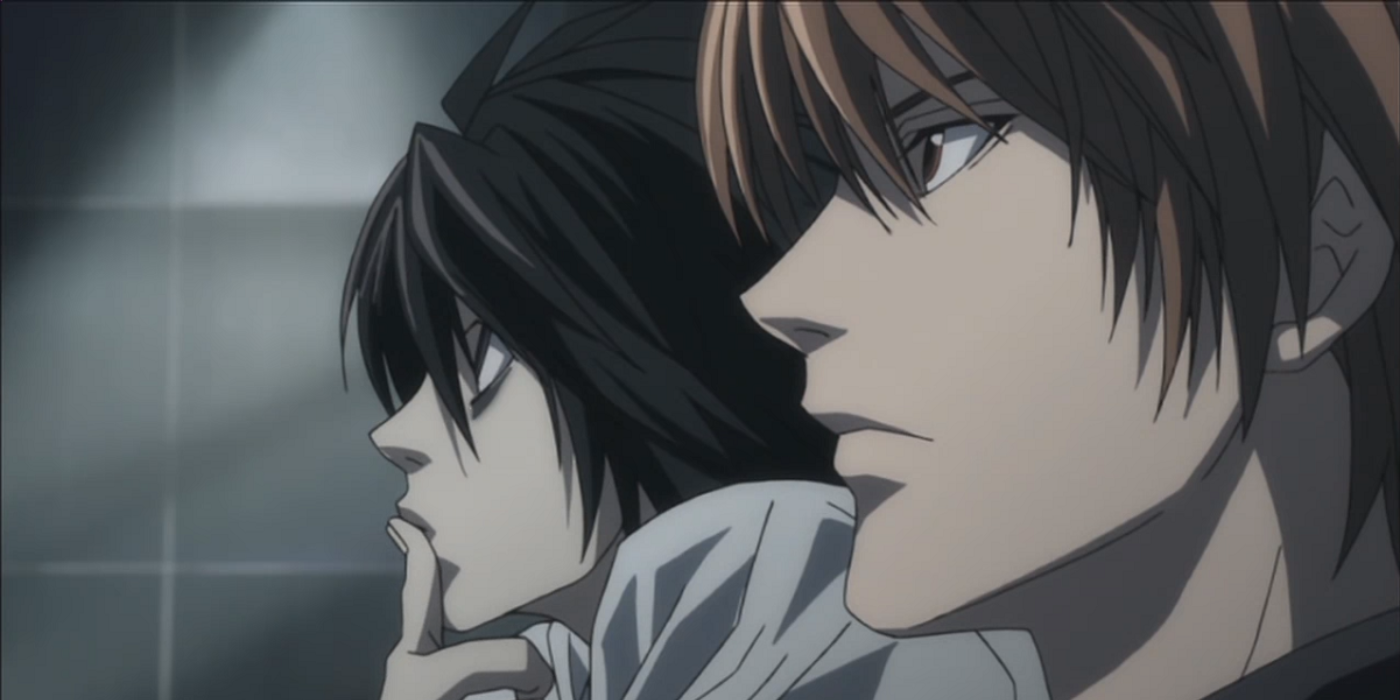
Death Note Is Still Popular Today, But Not For The Reason Fans Think
Despite being almost 20 years old, Death Note is still one the most easily recognizable anime of all time, for one unexpected reason.
Importance of the Arts in Japan
The Japanese culture values the arts like no other.
While the American education system emphasizes sports, math, and science, music in Japan is a required course from elementary through middle school. Education usually includes starting the recorder and melodica, singing Japanese homework songs, solfege, and reading scores. Furthermore, music theory is a part of standardized testing in Japan, unlike the United States. However, music is not the only artistic class offered. In addition to music, shodo and Japanese calligraphy which are offered in high school.
Anime and J-Pop are often utilized in music lessons and extracurriculars. Private music teachers in Japan use Japanese folk songs and anime music to teach their students and help keep them engaged. Music performances and festivals are also extremely common in Japan. Music performances will incorporate J-pop, American pop songs, and anime themes. Finally, world and cultural music is also displayed at a variety of outdoor festivals. The music community is substantial in Japan, which can be encouraging for young music students. Japan has cultivated brilliant musicians and will continue to do so, providing hope for Japanese music lovers worldwide.
The Future of Anime Music is Bright
Thanks to the cultivation of young artists, anime fans can look forward to an exciting future for anime music.
For centuries, American schools have considered music education as inferior to other subjects such as math, science, and literature. Beginning in the eighteenth century and continuing throughout the twentieth century, American leaders have deemed music education extracurricular and frivolous. Although political agendas were the catalysts of many decisions, the Japanese school system has consistently incorporated music education into its curriculum since the nineteenth century. Research indicates that Japanese musicians are among the most skilled in the world due to the quality of their country’s music education.
According to researchers, some believe the Japanese education system does not cultivate creativity due to its discipline-focused philosophies over the years. However, it is undeniable that Japan produces some of the most creative content in the world. From Super Mario Bros. to Studio Ghibli films, Japanese creators remain among the most ingenious in their industry, which can only be accredited to the value that Japanese culture places on the arts.
Music is integrated into the Japanese community’s daily lives, regardless of occupation. Even in the rural countryside, quality music lessons are readily available, which produce successful musicians. In Japan, music students are regularly spotted with instruments on their daily commute, and music festivals are happening constantly around larger cities, providing a sense of security and community for aspiring musicians. The arts are deeply ingrained in Japanese culture, setting it apart from the rest of the world. As a result, anime fans can rest easy knowing that they will continue to produce ground-breaking musical compositions.
For centuries, the arts have played a pivotal role in Japanese culture. Beginning as a tactic to control the people, Japanese music now stands as an icon of cultural influence. The prominence of the arts in Japan stems from the education system. Still, the cultivation of the craft is maintained due to the popularity of Japan’s most famous entertainment medium, anime. By combining the unique storytelling of anime with the heartfelt messages of Japanese musical compositions, anime music remains one of the most important contributions to the music scene.
While music researchers speculate that creativity is somewhat squandered in Japanese schools, their contributions to entertainment are monumental. Furthermore, Americanization has influenced the education system for centuries, which affected Japanese music.
Anime music allows composers to combine traditional Japanese music with Western influences, maintaining a distinction from standard American pop music. It preserves traditional Japanese sounds and provides an opportunity for creative ingenuity, which is why anime music plays such an important role in Japanese culture.
Source(s): Tokyo Restaurants Guide: “The History of Japanese Traditional Music”, The New York Times, Music Education in Japan




